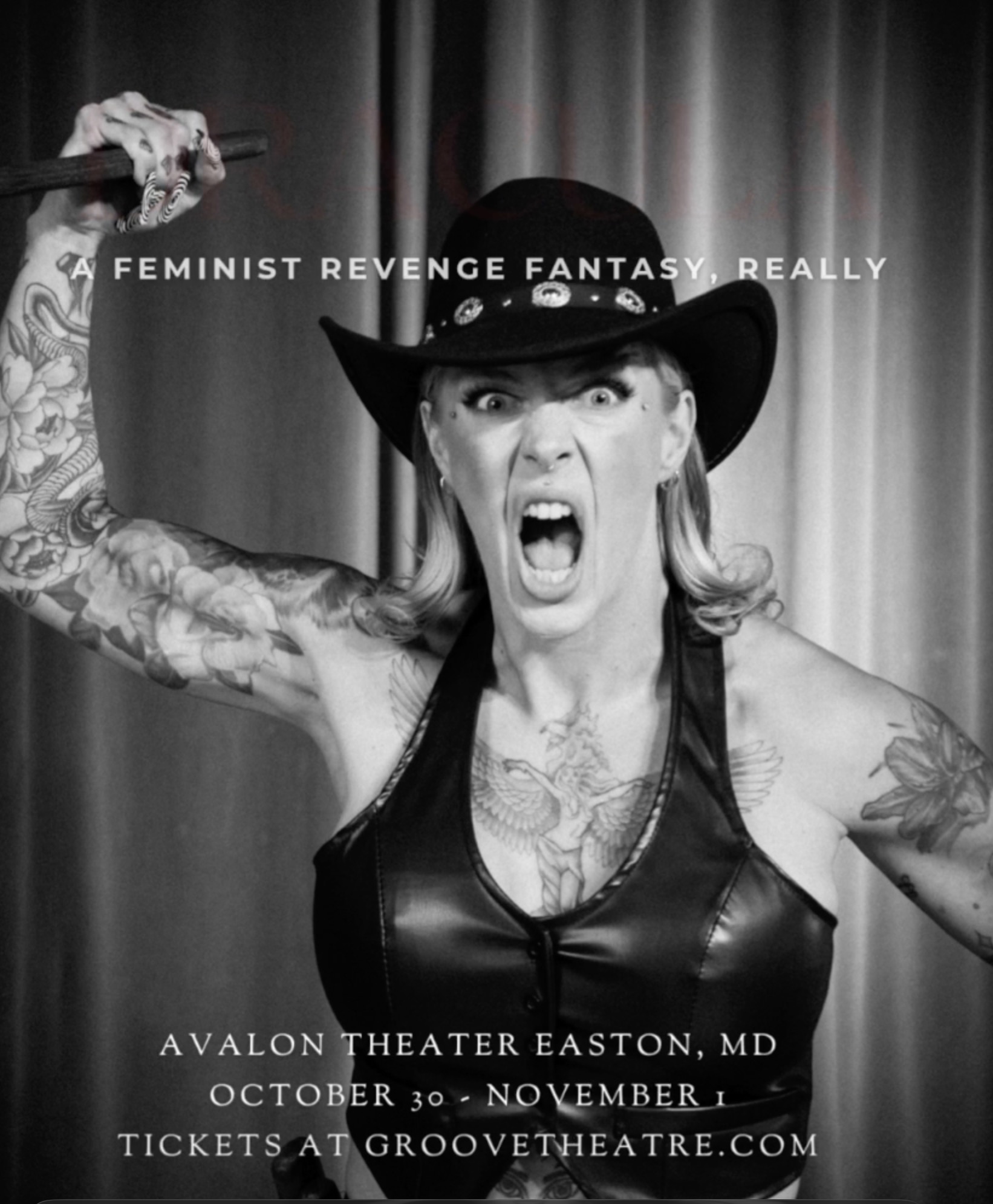
Easton Choral Arts Society
Easton Choral Arts Society played its annual Christmastime songfest, “A Winter Rose,” before a full house in its new concert venue, St. Mark’s United Methodist Church, on Friday night, Dec. 5, ahead of a matinee encore performance on Saturday.
Moving from its longtime home at Christ Church in the Arts District of downtown Easton, St. Mark’s can accommodate a larger audience as well as more performers – singers and instrumentalists – upfront. Not to mention easier parking.
Some of those advantages were evident on opening night: First, a sold-out concert drawing 312 fans of choral music, plus 10 professionals as guest instrumentalists accompanying the 75-voice chorale.
Conducted by artistic director Alexis Ward, the concert opened with Tchaikovsky’s “Waltz of the Flowers” from “The Nutcracker” performed by the instrumental ensemble of Rebecca Silverstein on flute, violinists Joel Alarcon, Martin Monnett, Sachiho Murasugi and Daniel Seymour; violists Merideth Buxton and Nevin Dawson; cellist Denise Nathanson, pianist Ellen Grunden and Stephanie Stabley on percussion.
Next, with assistant director Amy Morgan accompanying on piano, prepare yourself for the lush impact of so many voices singing in ecclesiastical harmony on Michael Praetorius’ “Lo, How a Rose E’er Blooming,” followed by the boisterous familiarity of “Deck the Halls” and, completing the flowery triptych, “The Rose,” released in 2017 by Ola Gjeilo embracing the thorny enigma of the fragile beauty of its bloom.
Amanda Manning, Siroon Topjian and Carys Pokrywka give the rest of the chorus a breather while they sing a sweet “Cherry Tree Carol,” topped off with the first of two audience sing-alongs: the traditional English carol “The Holly and the Ivy.” and later “O Christmas Tree” whose tune was borrowed by James Ryder Randall for “Maryland, My Maryland,” which was the state’s anthem from 1939 to 2021. The General Assembly retired it due to its conspicuous Confederacy leaning. (One stanza refers to President Lincoln as a “despot” and the Union Army as “Northern scum.”) Happily, “O Christmas Tree” – also known by its German title “O Tannenbaum” – is free of politics.
Between the sing-alongs, tenor Patrick Mason delivers Herbert Howells’ “A Spotless Rose” as a flawless lullaby to a blessed newborn, followed by the full choir on Cecilia McDowall’s “Of a Rose” cantata. Various vocal sections trade places according to each piece’s choral arrangement, accompanied by a small instrumental ensemble.
“On This Silent Night,” a 2022 song by Sarah Quartel conjuring the creature comforts of a warm fire on a wintry night, is an SATB arrangement for four voices – soprano, alto, tenor, bass. It leads off a set that includes two songs of ancient Catalonian and Cornish traditions, “Cold December Flies Away” and “The Holly Bears a Berry,” respectively.
“The Huron Carol,” Canada’s beloved 17th-century ode to Christmas, features soprano soloist Justina Holte with melodic back-up by Amanda Manning, Jillian Downes and a full chorus, will have you feeling “It’s Beginning to Look a Lot Like Christmas,” written by Meredith Willson, best known for the Broadway classic “The Music Man.” Crooner Perry Como later amended the lyric to “Beginning to Look a Lot Like Christmas.”
Soloist Scott Clausen stands in for Frank Sinatra in the holiday hit originated by the late Chairman of the Board, “Mistletoe and Holly,” in an arrangement by artistic director Ward, leading to the concert’s penultimate carol, Irving Berlin’s “White Christmas,” ubiquitous this time of year. There was even a little snow on the ground Friday night. The rousing finishing number, “Here We Come A-Wassailing,” may leave you a-humming all the way home from “A Winter Rose.”
With its roomier home base, you can expect an even larger Easton Choral Arts Society as early as its next concerts, “The Wings of Song,” April 24 and 25, 2026, celebrating aviation and the human longing to rise above it all.
ECAS president Emily Moody, who also sings alto with the company, announced that auditions will no longer be required to become a choir member. “To join in our singing,” she said, “you only need a love of music and a willingness to practice and learn.”
Of the recruitment of new singers, artistic director Ward added, “If you love great music, good people, and the feeling of being part of something meaningful, come sing with us this season.”
A WINTER ROSE’ HOLIDAY CONCERT
Easton Choral Arts Society’s opening night at its new home, St. Mark’s United Methodist Church, 100 Peachblossom Rd., Friday, Dec. 5. A second concert at 4 p.m. Saturday, Dec. 6.
Steve Parks is a retired New York arts critic now living in Easton.




 From chamber music to movie scores, many high-brow composers could do it all. Chesapeake Music’s Sunday matinee “Interlude” performance – its final 2025 concert – featured five whose works, richly presented by the Catalyst Quartet, originally played in venues ranging from concert and opera halls to movie and TV screens.
From chamber music to movie scores, many high-brow composers could do it all. Chesapeake Music’s Sunday matinee “Interlude” performance – its final 2025 concert – featured five whose works, richly presented by the Catalyst Quartet, originally played in venues ranging from concert and opera halls to movie and TV screens.


